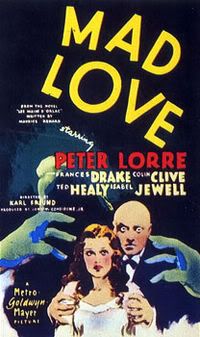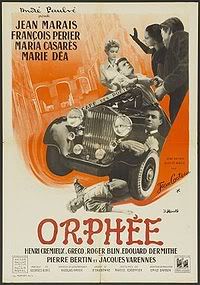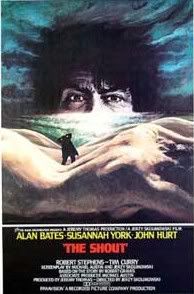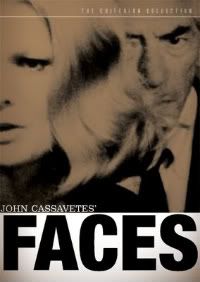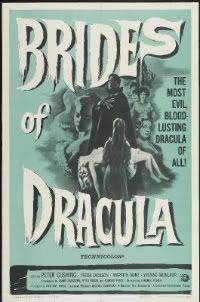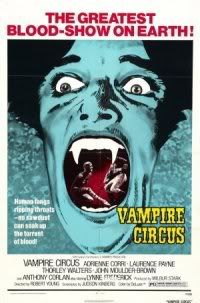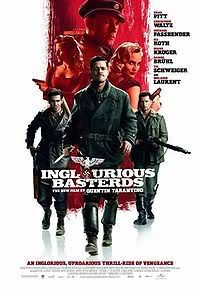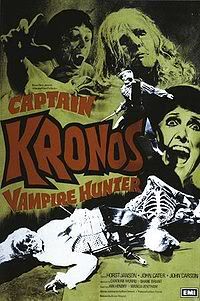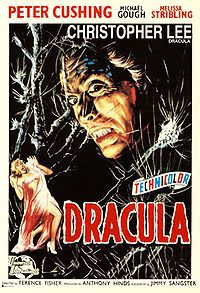
Back on another "Hammer Films" bender, I decided to check out the film that allegedly sparked Christopher Lee's horror icon status (though he was in "Curse of Frankenstein" a year prior). While the film was entertaining, I was a bit let down by this rendition of Dracula. I think it's because I've had the image below burned into my mind since I was a child, peering at it on the back of VHS clam shells, expecting an awesome bit of vampiric badassery.
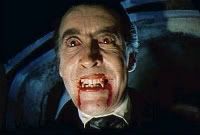
What I got was a laid back drama that made Tod Browning's 1931 version seem speedy. I'll assume that most folks are familiar with the Dracula tale, so discussing the plot here is decidedly unnecessary. An interesting alteration to the usual renditions is that the early portion of the film centers around Jonathan Harker's attempt to dupe the Count into believing that he is a librarian so that he can dispose of Dracula properly. But Dracula is wily, and Harker soon finds himself converted into a vampire. It's then up to Dr. Van Helsing (Peter Cushing) to eliminate Harker, explain, tactfully, to Harker's fiance, Lucy, that her beloved won't be coming back, and then dispose of Dracula.
To be honest, I think a major reason why the film crawled is the distinct absence of Dracula. You'd think that if you're pushing Lee as Dracula that he would get more screen time. But as it stands, Dracula is in the film for approximately ten minutes of the whole film and receives about a dozen lines. Therefore, images, such as the one above, are not indicative of the film as a whole. Pity.
Watch the Trailer

